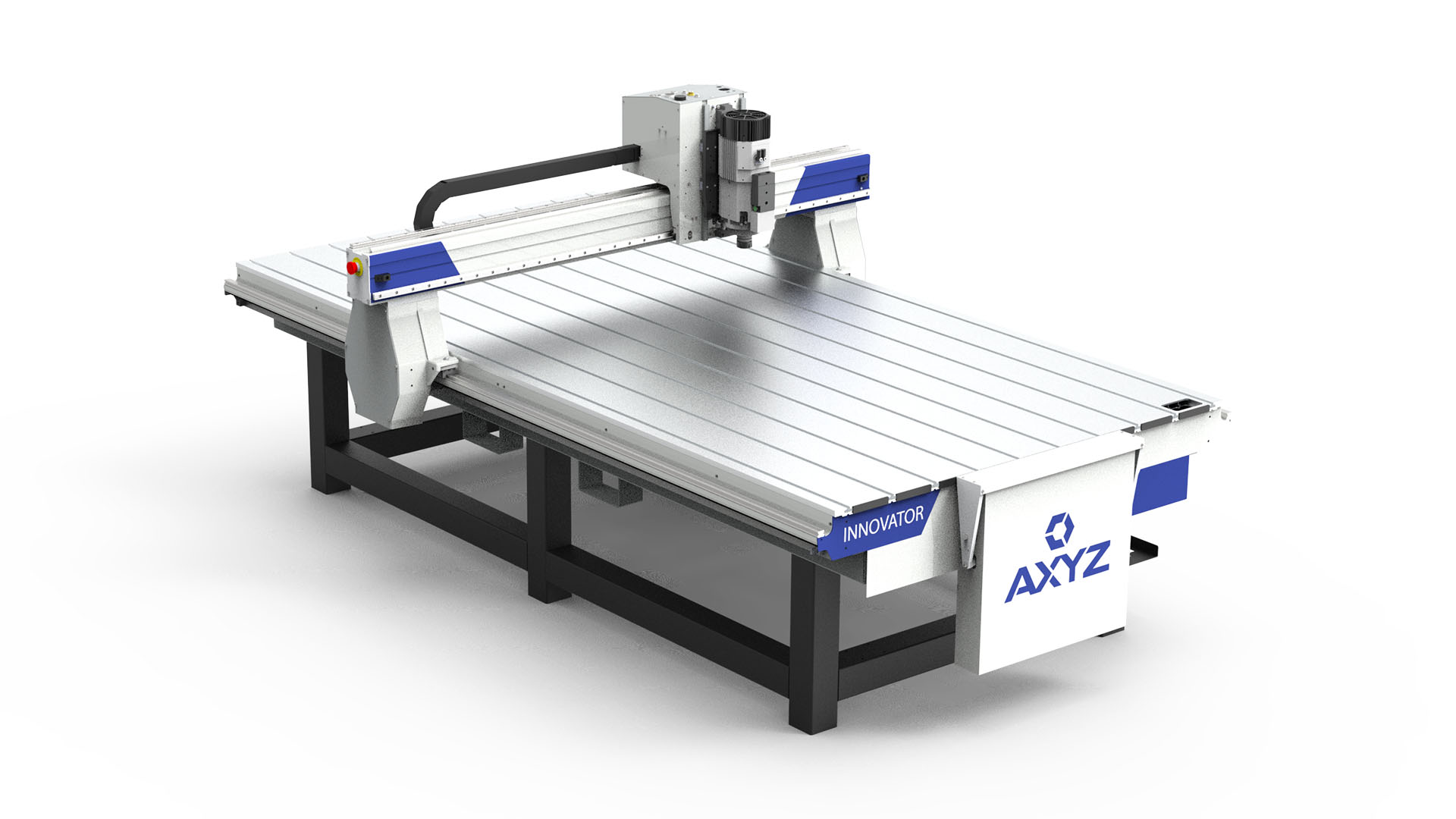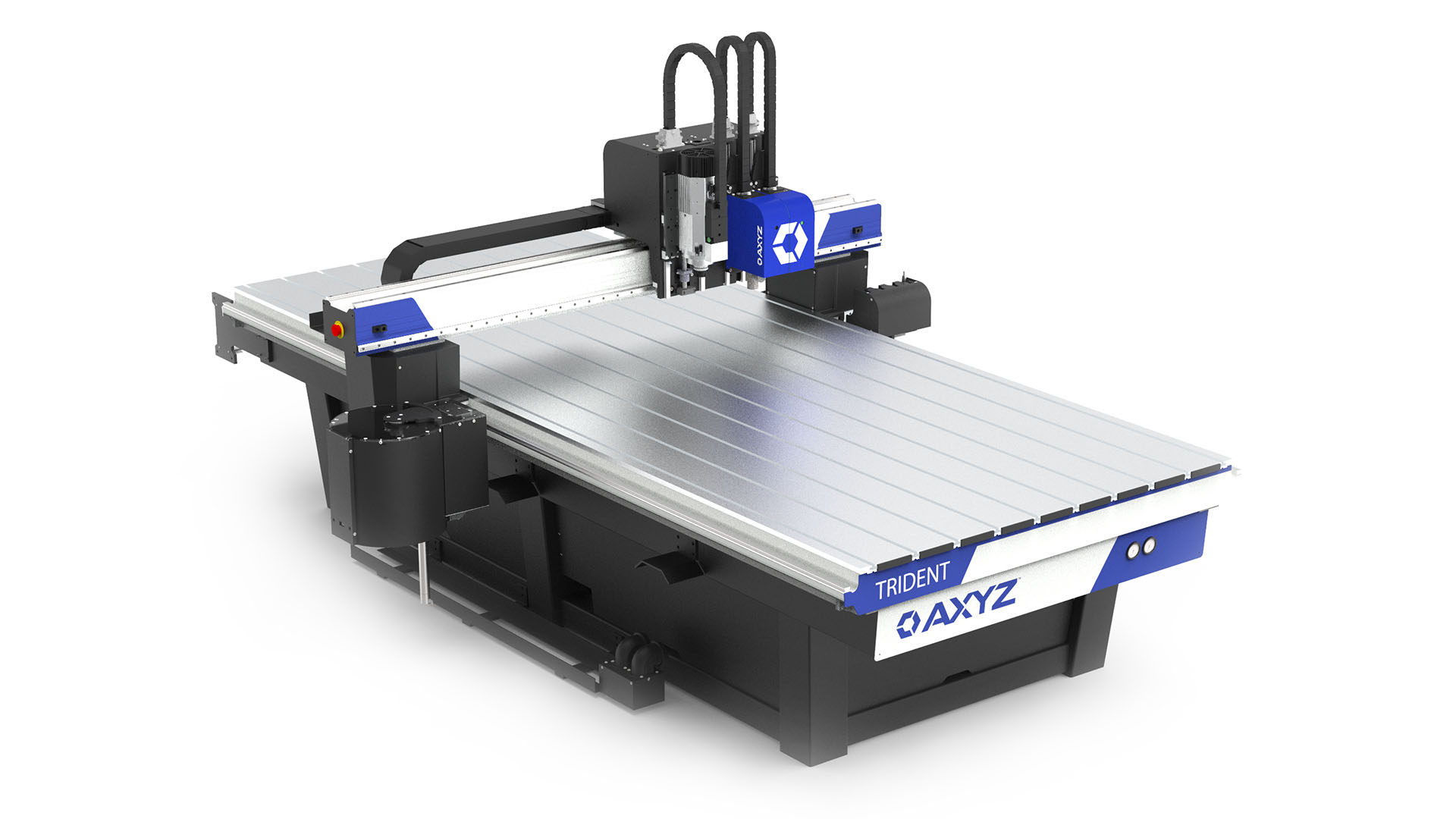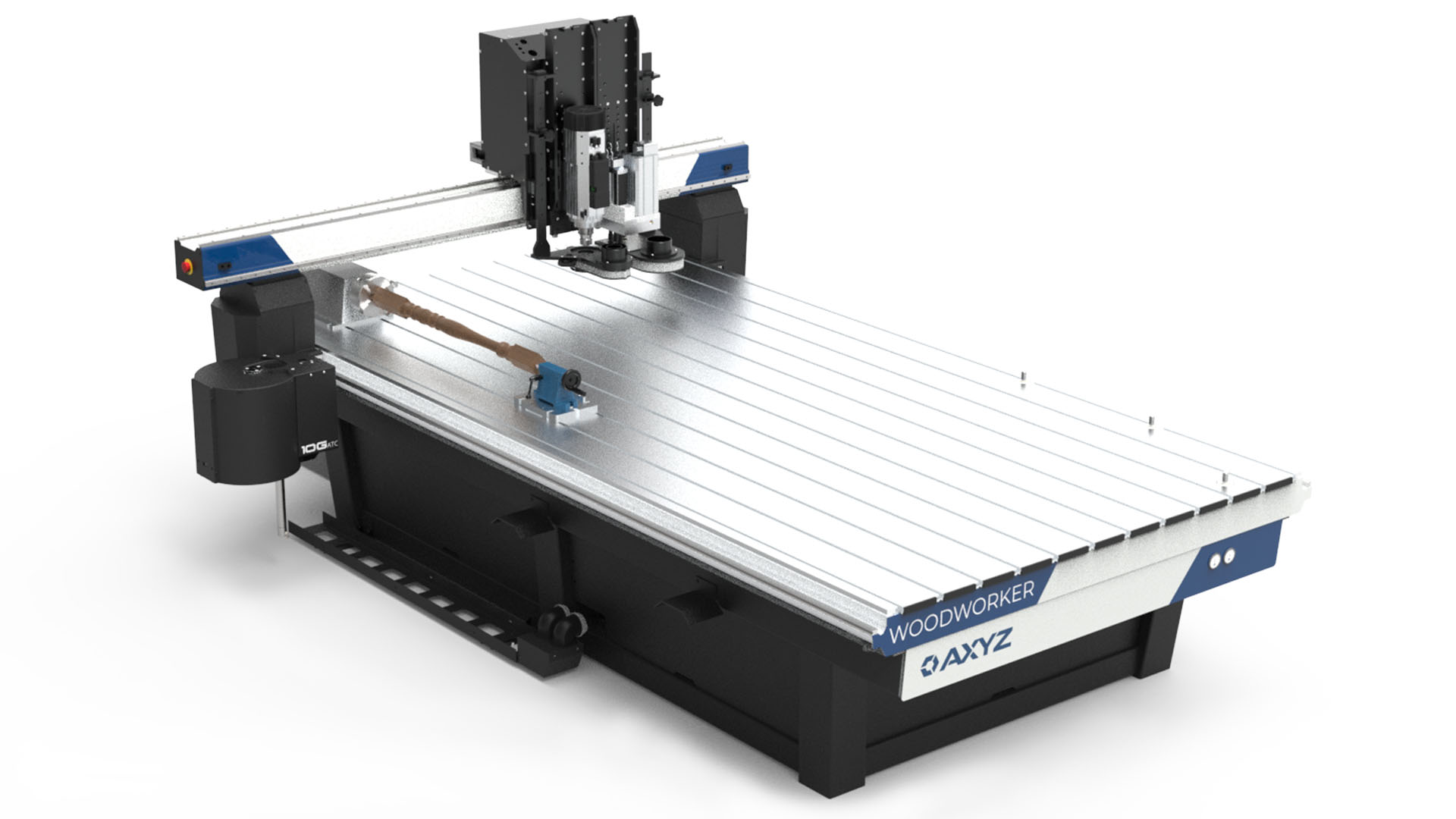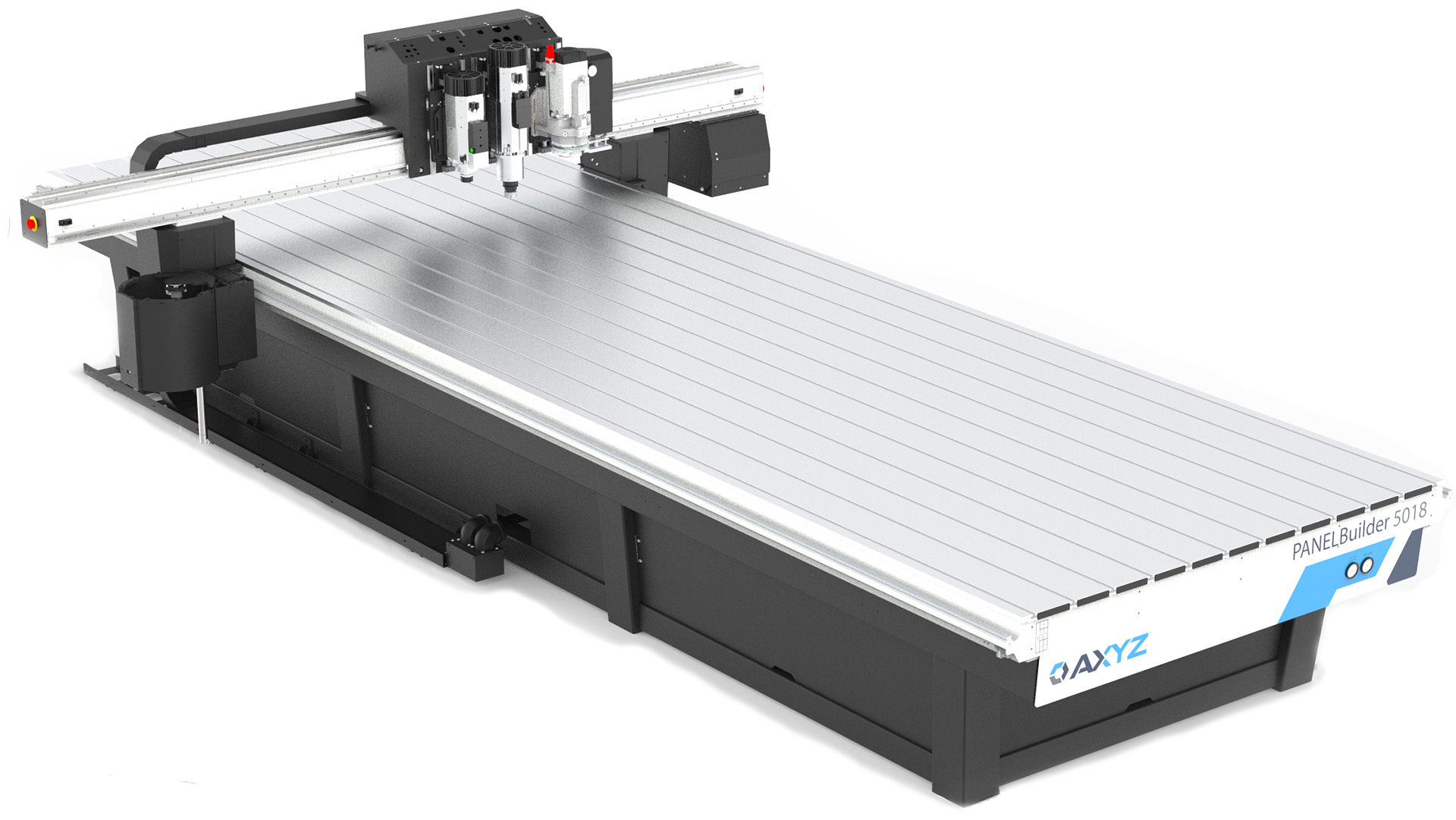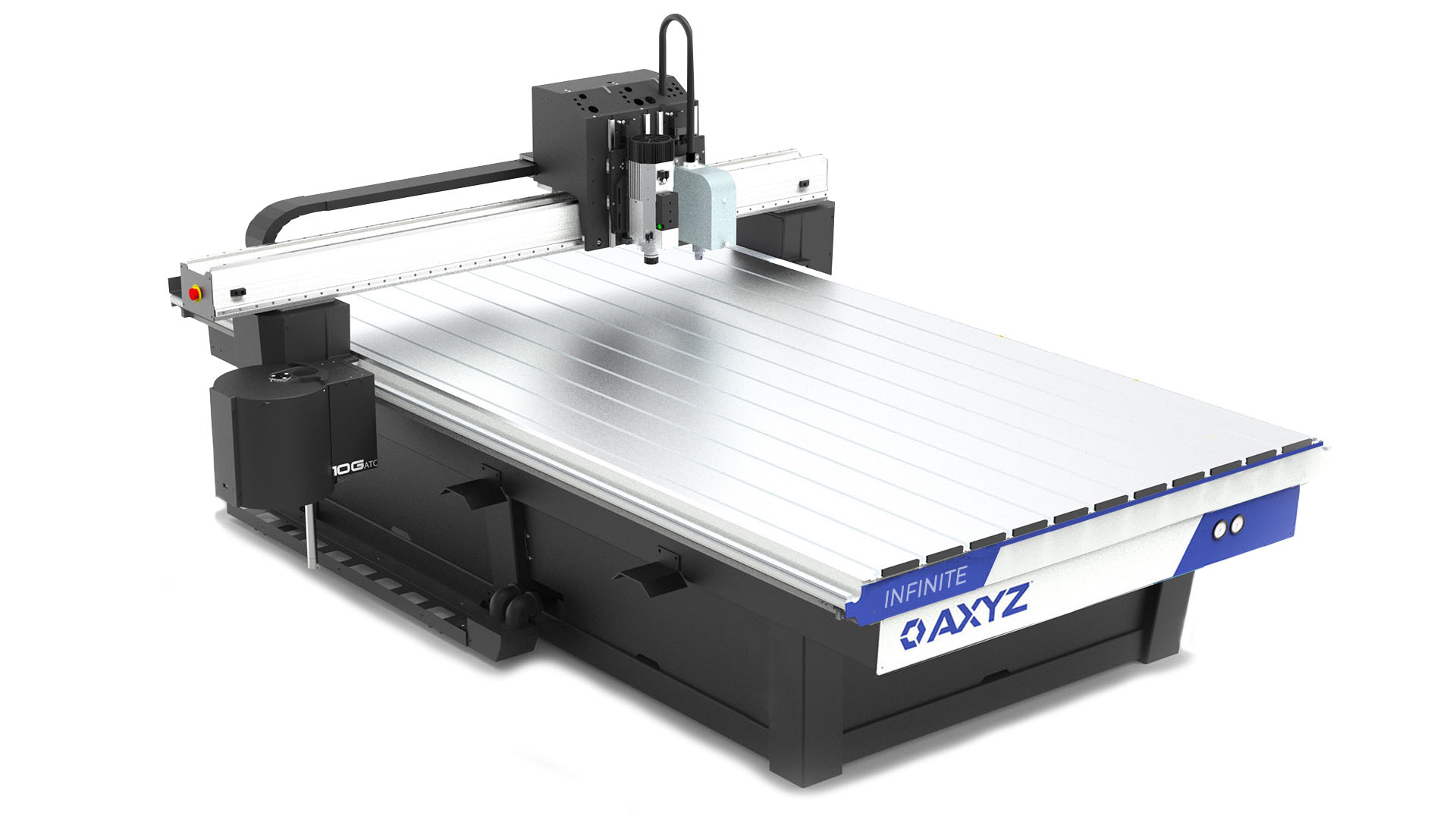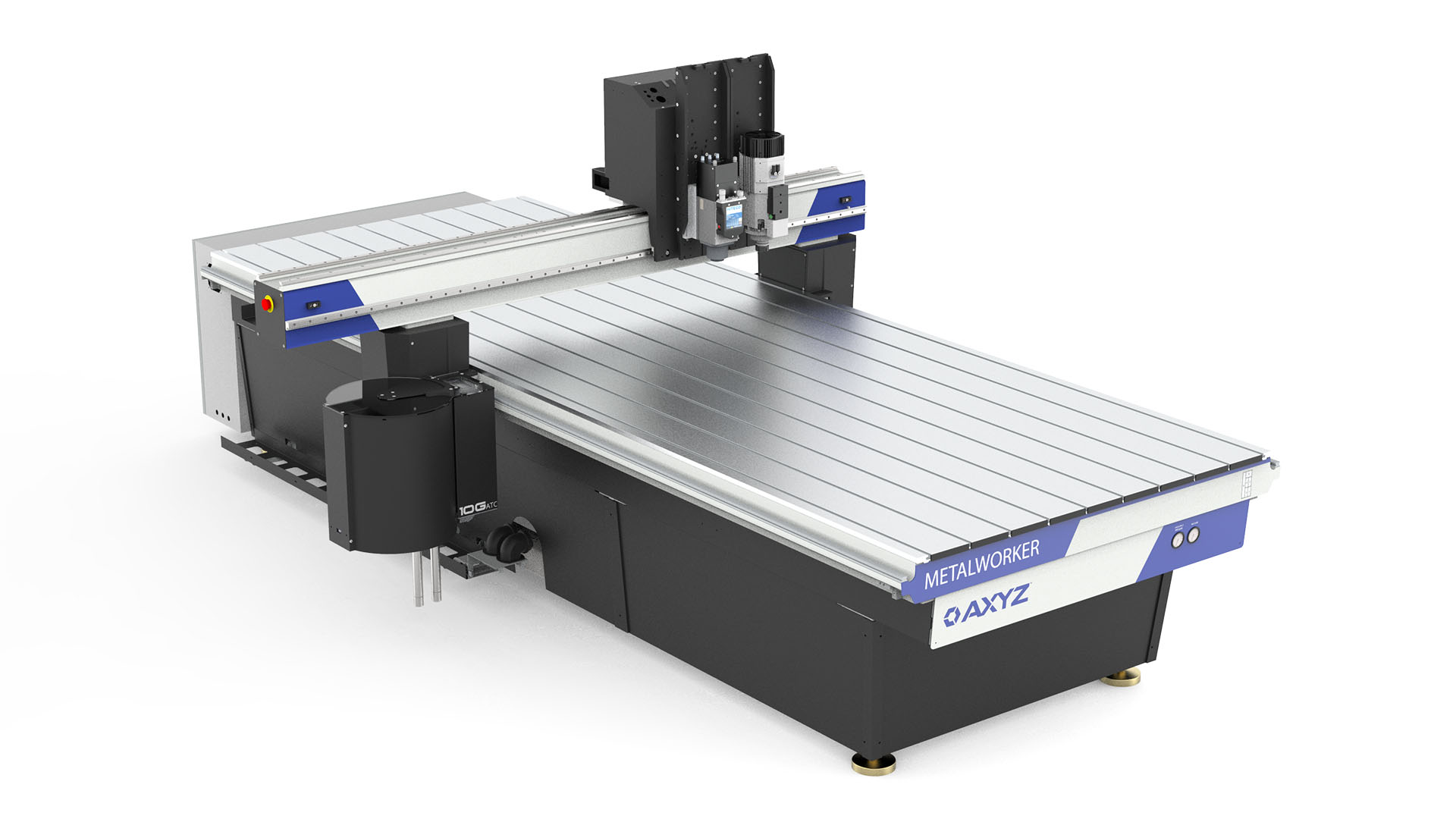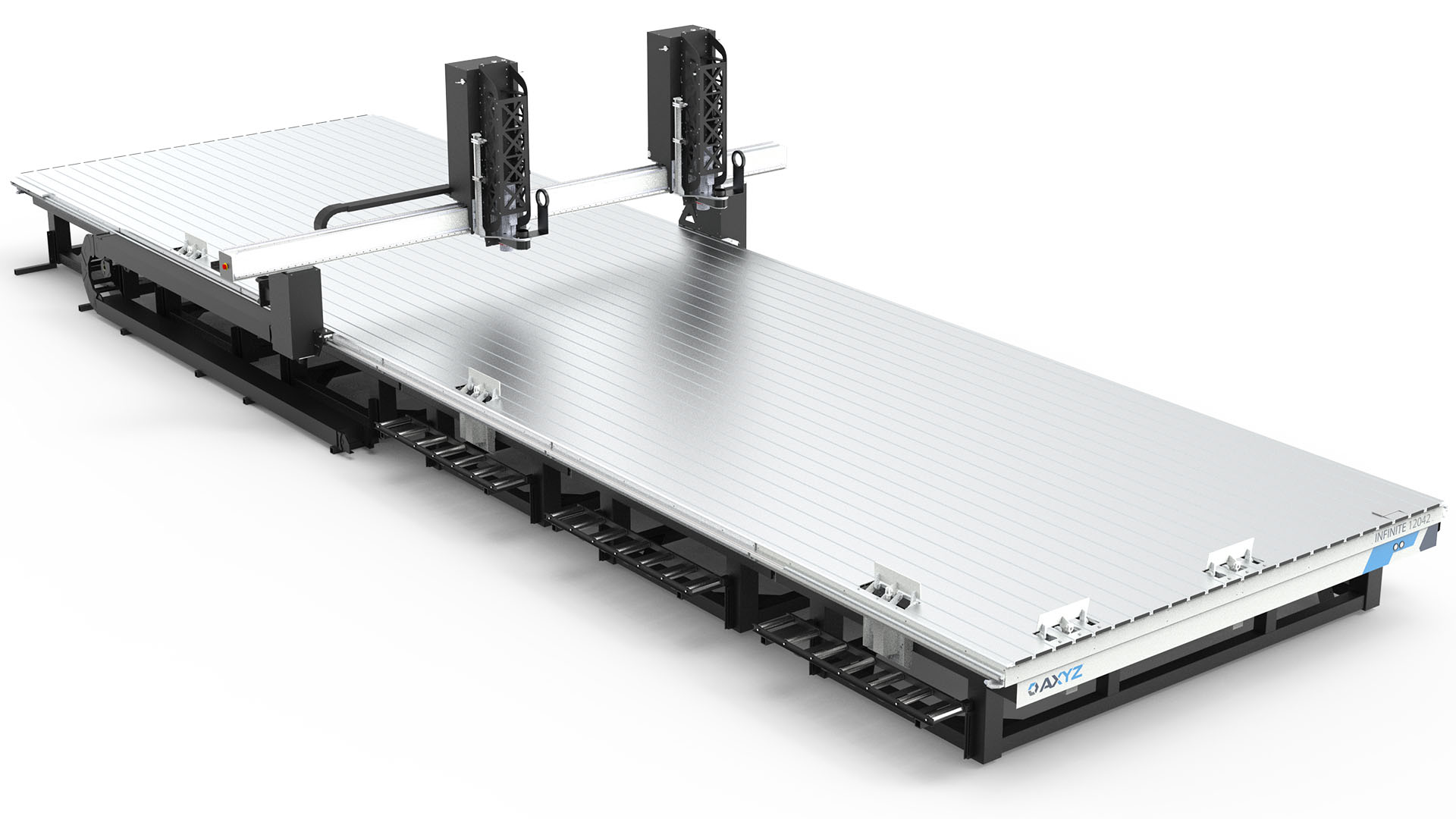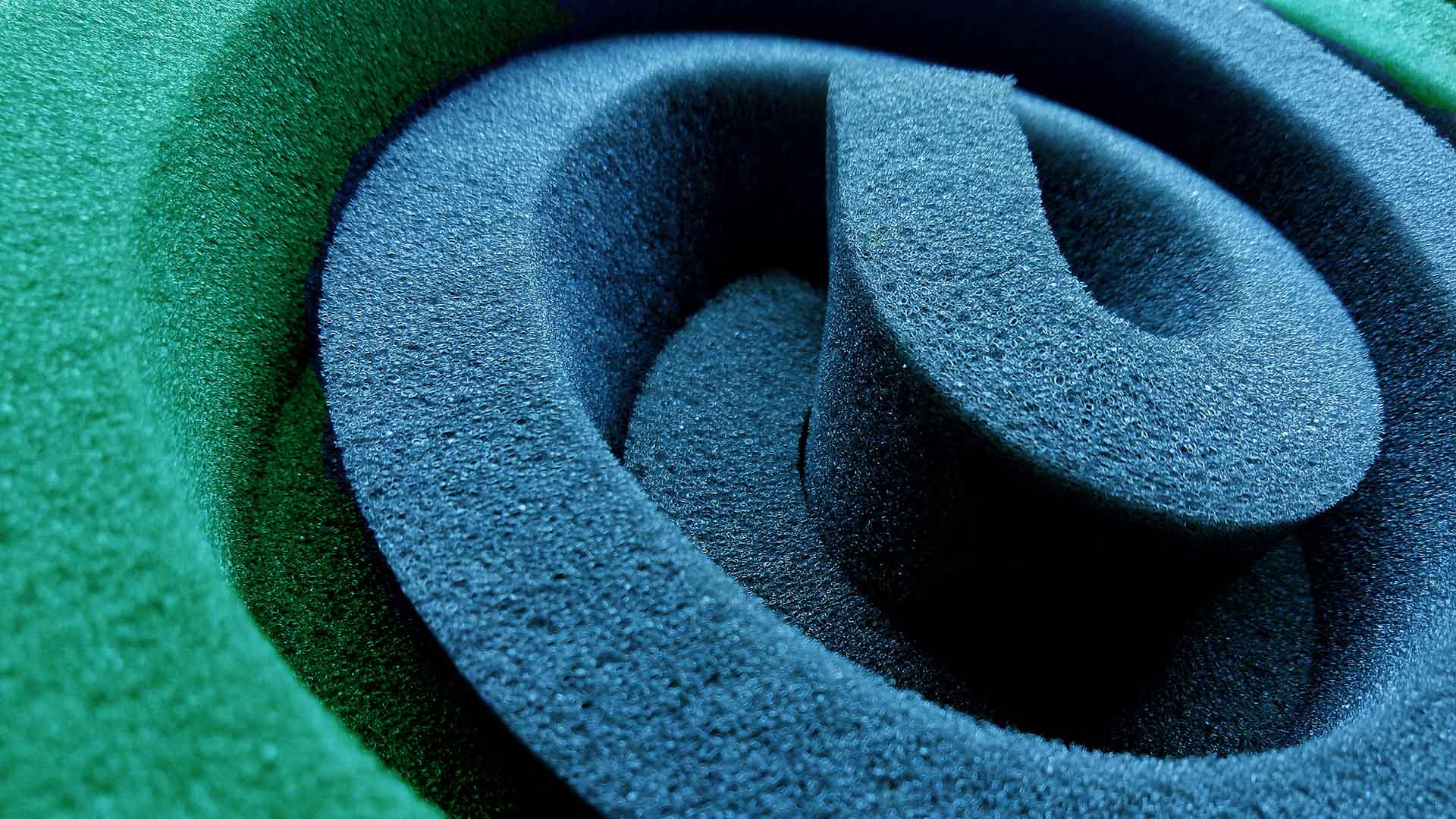Published in Sign & Digital Graphics March 2017.
Many shops are using CNC router technology to offer customers high-value repeatability, first-rate quality and quicker turnaround times when producing their customized signs. And like any other tool, a CNC router works better when the operators are fully trained to use it—both on the front end when it is being programmed for the correct router or knife path, and in production on the shop floor when the end product is being created. However, the CNC router is a complex piece of equipment, and operators can sometimes run into snags, especially those who are new to the machine.
Avoiding Pitfalls for Maximized Productivity
Here are five of the most common pitfalls that operators run into. When properly addressed these problems go away, ensuring maximize productivity and efficiency.
Selecting the Correct Machine Settings
It all begins with using the correct feed rates, spindle speeds and depth of cut for the type of materials to be cut. Some guidance on what settings to use should be provided by your CNC router supplier. These settings are all interrelated. For example, cutting at a higher feed rate may require a faster spindle speed or a reduction in depth of cut. Tool selection and type of program will also have an effect. A small diameter bit will generally be run at a lower feed rate than a larger diameter bit. This is one of the areas where expertise over time will make it easier for operators of CNC equipment to sense when there is a potential problem. To an experienced operator the noise made when cutting is a good indicator of whether the settings are correct or not.
Choosing the Appropriate Cutting Tool
In selecting the right tool, recognize that there is not always one “right” answer. There could be several tools and machine setups that would work in a particular situation. It typically starts with a simple question: Can this material be cut with a traditional router bit and if so, what size? Or, is the substrate a softer material where an oscillating or tangential knife would work better? Use cutter guides supplied by your machine vendor to make an initial tool selection, or give them a call to ask one of their application specialists for advice. When processing new or unfamiliar material, it’s a good idea to run some test cuts first using different router bits or knife blades to see which solution works best. All your tooling requirements can be purchased from our online store CNCshop.
Understanding the Work-Holding System
Usually CNC routers employ a vacuum system to hold down work. However, materials not held in place properly—due to an improper setting or an air-leak in the system—can lead to incorrect cuts at the wrong depth, tolerances not held and more scrap created. Incorrect vacuum strength due perhaps to leakage in the system may lead to material shifting, which may be barely noticeable until the job is taken off the bed, inspected and rejected. Make sure the surface of the material is smooth and dust free, and check for any leaks in the vacuum pipes and around gaskets. Also, make sure that the material to be processed is flat. A warped sheet will be much more difficult to hold securely on the vacuum deck.
Training Operators for Specific Applications
Experienced and well-trained operators will be able to narrow down any issues that arise on the shop floor. They will be able to identify root causes—from the data programmed for the job to the type of tool used and the speeds/feeds required. Look at problems methodically to help determine the corrective action required. Today’s CNC routers are designed to be very user-friendly and make problem solving easier. Like any other piece of machinery, however, the more experience an operator has, the easier and quicker any problem might be corrected. A reputable machine supplier will be happy to provide application-specific training. Learn more about our service offerings.
Using Quality Data and Developing a Program Strategy
(Garbage-In, Garbage-Out)
The quality of the data you use is the starting point. If the quality of the CAD data is not good, the finished cut product will also be substandard. Make sure the cut lines are straight and the curves are smooth. Developing a solid program strategy is also very important. The positioning of start points, cut direction and the order in which parts are cut can make a big difference to the quality of cut achieved and also whether parts will be held securely in place while being processed. Make sure to master processing techniques— such as using holding tabs, lead-ins and ramps—and know where to improve cutting results and avoid the problems caused by material movement or vibration.
CNC Routers Make Sense in the Sign Industry
CNC routers can be used to cut through a wide range of materials cleanly and efficiently. With a range of different cutting tools all sign making materials can be processed, meaning that more jobs can be produced in-house and fewer jobs outsourced. A CNC router is an extremely flexible tool—probably more versatile than just about any equipment in which a sign shop might invest. It can be used to make everything from simple 2D profile cut letters to complex 3D machined signboards.
“The original reason we purchased a [CNC router] was because we were awarded a large contract to produce all of the ADA signs for a large building,” says Justin Seibert, co-owner of The Sign Bros., a shop in Athens, Georgia. “We had planned on outsourcing the project but when we ran the numbers we realized that we could pay for over half of the CNC router with profits that would be realized from the savings of producing signs in house versus outsourcing them.”
Additional downtime and expanded production schedules because a sign wasn’t cut properly the first time—not to mention re-cuts and the costly scrap generated—are all good reasons to get it done right the first time. Avoiding those common pitfalls and the related issues is a common-sense place to start.
An Ounce of Prevention
It’s similar to any other investment a business owner might make, or even a consumer when buying big ticket items like a car or a big screen TV. It is important for users to know equipment capabilities and how to use it properly. If there is a problem, experienced and trained operators know how to correct the issue quickly. With prevention being the best cure, becoming more knowledgeable on the front end when it comes to materials, router tool selection and programming, the machine will produce better results and fewer problems on the shop floor.
Learning how to run a machine properly does not take long, maybe two to three days. It is not rocket science and should not be intimidating. On the other hand, application-specific knowledge can take longer and involves a continuous learning cycle. For sign makers, doing the initial training and then keeping up with any wrinkles as they occur, is well worth it—especially considering the productivity gains that can be realized.

